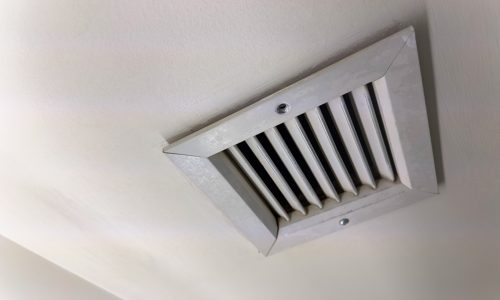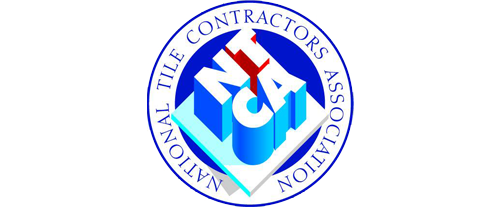Which Way Should Air Vents Face - Up or Down?
Heating systems and air vents are what make our homes comfortable, and while temperature levels or even the type of HVAC system are usually observed by individuals, air vent direction is hardly ever given any thought. Your air vent direction can actually affect system efficiency, temperature distribution, and comfort significantly, though. Which way should air vents face? Should vents be upward or downward directed? Education on airflow dynamics will lead you to the right decision for your home or building.
Knowing Airflow
To figure out the best direction of air vents, it is crucial to know the way air acts naturally. Cold air sinks and hot air rises based on densities. This is the fundamental law of heat transfer, and one can use it to regulate the manner in which air vents distribute hot or cold air within a room. HVAC technology operates through complementing the natural patterns so that comfort comes along with different seasons. For example, understanding ceiling air vent direction can help improve efficiency in larger spaces.

The Advantages of Blowing Vents Up
There are advantages to having air vents blow up, especially in the cooling of a room. Cool air is denser and will drop. By having vents blow cool air upwards, it ensures that the air will naturally flow across the room as it descends, spreading more area in the long run. This also discourages any focused “cold spots” around the vent without giving a general cooling effect. Upward-facing vents are very effective in high-ceilinged rooms because it allows the air to penetrate each corner with ease.
Also, upward venting is beneficial to perform when tempered airflow is used with rooms that are equipped with ceiling fans. Fans pull cool air downward and circulate the cool air to achieve an even-dispersed temperature by removing zones of heat concentration. This setup makes facing this way a prime suggestion for cooling design-focused applications, particularly when paired with wood air vent covers for aesthetics.
The Case for Facing Vents Downward
Downward vents may also work in hot air flow during winter. Lighter warm air rises, and pushing airflow downward is what forces the heat into areas in the room that are most likely to be drafts of cold air—usually the bottom of the room. The entire room warms efficiently as a result, and a hot temperature is held throughout.
Low-ceilinged rooms are best served by downward vents. There is less room for air to move vertically, and it conserves resources by dropping the heated or cooled air by reducing waste and accelerating temperature adjustment. It is particularly useful in small rooms, bedrooms, or low floor-to-ceiling rooms. For such spaces, knowing ‘which way should floor vents face?’ can help maintain efficient air distribution.
Additionally, when obstacles or furniture are in the way of vents, downward venting directions enable air to flow unobstructed and in a consistent manner. In rooms with wall vents, it’s also important to consider, should wall vents point up or down? This choice impacts airflow and overall comfort depending on the season.
Final Thoughts
Choosing upward or downward vent direction is a matter of heating and cooling needs and the function of your room. In cooling, upward vents provide better circulation and room temperature uniformity. In heating, however, downward vents heat the space more effectively, especially rooms with low ceilings or cold air drafts.
Finally, the objective is to reduce airflow for maximum comfort and energy. If you can’t determine what is best for your home, having a professional HVAC technician on hand can provide you with personalized guidance specifically for your equipment and design for maximum outcomes.







